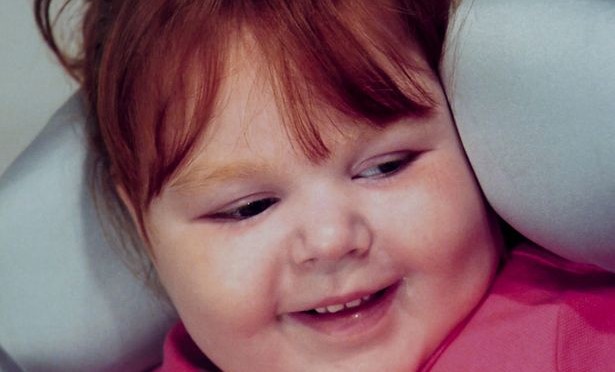 (Right) Wesley Smith
(Right) Wesley Smith
Beware movements that word engineer and deploy gooey euphemisms to further their agenda. It generally means there is something very wrong with the agenda.
In the wake of Brittany Maynard’s death, suicide promoters are now using the word “dignity” as a synonym for suicide, more than implying that dying naturally is not dignity.
That is not only cruel, it is wrong.
Dignity is intrinsic. Sick and dying people seeking to be assured they still have it look at us–our faces–like mirrors. If they see us thinking they are less than they once were, it can be devastating.
In the Guardian, Brian Smith–obviously no relation–says his father should have been able to commit dignity rather than die of old age and the effects of post-polio syndrome. From, “What Do You Tell Your Father When He’s Ready to Die?”
But over time, his body began to break down, and breathing became labored. The polio had come back, this time in the form of post-polio syndrome, which weakens muscles that were affected the first time around. Dad’s ailment would slowly strip him of his independence, his ability to move and, eventually, his ability to breathe. If this was death’s door, he was rapping it with what knuckles he could. His decline would last nearly a decade before his doctors gave up on treatments and assigned visits from hospice nurses.
For my father’s disease, there is no cure.
But there is always care–and love–which Smith family apparently gave dad in bounteous quantities. Good.
But Mr. Smith continued to decline:
As his days devolved into a drudgery of pills, bad daytime TV, and constant reliance on a breathing machine, Dad told us he was ready to die. “I’m done,” my father said. But choosing to die, or even assisting someone who wants to die, is a felony in California. Our options to humanely end the suffering were limited.
Self-starvation and dehydration remain the only legal ways to help someone choose when they die in the state. But few of us can muster the strength to starve to death, and caretakers – including Medicare-supported hospice nurses – are not in the business of starving people.
Saying, “I’m done,” isn’t the same thing as saying, “I want to commit suicide!.” Yet, that is what Smith wished for his father. Indeed, Smith never writes that his father asked to be killed.
I have been there. When my dad was dying of colon cancer, a moment came when he was sitting on his bed and we were talking. He suddenly looked up at me and sighed deeply with an expression that said, “I’m done,” more loudly than if he had uttered the words.
That wasn’t the same thing as saying, “Kill me.” Dad wasn’t saying, “Get me the poison pills.” He was saying, “I am done fighting.”
We moved to hospice mode, and he died a few months later–with true dignity. He did not commit suicide.
As the column notes, people can make themselves dead if they really want to. Do we really want to make suicide easier?
And note the consequences of accepting the destructive meme that suicide is dignity. One commenter takes Smith’s advocacy to its logical place:
The Oregon law is a good beginning, but it should apply also to those facing incurable pain, paralysis or imprisonment that could go on for years.
Exactly right. When it comes to assisted suicide, in for a penny, in for a pound.
The question isn’t terminal illness. Many people suffer more and for longer than the dying
The issue is whether facilitated suicide is a right. If it is, it can’t be limited to the dying. Indeed, perhaps other than to those with only a transitory desire to die, it can’t be limited at all.
So, let’s have an honest debate. A right to facilitated suicide? Yes or no. Just don’t call it “dignity.”
P.S. My good friend, the late poet and disability rights activist, Mark O’Brien, contracted polio at age 6 and lived the rest of his life in an iron lung. Mark was adamantly against assisted suicide. He too died from post-polio syndrome. He died with dignity, not by suicide.
By Wesley J. Smith
Editor’s note. This appeared on Wesley’s great blog.



 (Right) Prof. Danielle Bessett
(Right) Prof. Danielle Bessett
 "And then when you think of legislatively now that there will be a pro-life majority in the United States Senate, we are very hopeful there will be a vote on our 20-weeks' ban – our Pain Capable Unborn Child Protection Act – in the Senate," she tells OneNewsNow.
"And then when you think of legislatively now that there will be a pro-life majority in the United States Senate, we are very hopeful there will be a vote on our 20-weeks' ban – our Pain Capable Unborn Child Protection Act – in the Senate," she tells OneNewsNow. I meant to get to Amanda Marcotte’s post in yesterday’s USA Today, but time got away from me.
I meant to get to Amanda Marcotte’s post in yesterday’s USA Today, but time got away from me.
